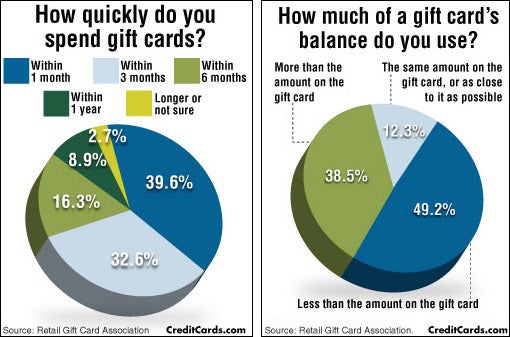The History of Glass Engraving
Developed between East and Egypt on hardstone, copper wheel etching survived as a craft in seventeenth century Bohemia and Dresden on glass. It was made use of for a range of purposes, consisting of illustrating the imperial double-headed eagle (Reichsadlerhumpen) and allegorical motifs.
Engravers of this period gradually abandoned linear quality in favour of crosshatched chiaroscuro results. A couple of engravers, such as Schongauer and Mantegna, took care of glass with a sculptural sensation.
Old Art
By the end of the 17th century, nevertheless, diamond-point engraving was being supplanted by wheel engraving. Two remarkable engravers of this duration deserve reference: Schongauer, who raised the art of glass engraving to measure up to that of paint with jobs like Saint Anthony Tortured by Demons, and Mantegna, that shaded his drawings with short scribbled lines of differing size (fig. 4) to accomplish chiaroscuro effects.
Other Nuremberg engravers of this time consisted of Paul Eder, that mastered delicate and tiny landscapes, and Heinrich Schwanhardt, that inscribed engravings of fine calligraphic quality. He and his son Heinrich additionally created the method of etching glass with hydrofluoric acid to produce a result that appeared like glass covered in ice. The engraved surface could after that be reduced and etched with a copper-wheel. This method is used on the rock-crystal ewer revealed right here, which combines deep cutting, copper-wheel inscription and sprucing up. Determining the etching on such pieces can be hard.
Venetian Glass
When Venice was a European power, Venetian glassmakers took the lead in many high value-added sectors. Unlike fabrics and fashion, glassmaking retained a heritage of advanced techniques. It additionally lugged seeds of the ornamental splendour embodied in Islamic art.
Nonetheless, Venetian glassmakers were not anxious to share these concepts with the rest of Europe. They maintained their artisans cloistered on the island of Murano so they would not be influenced by brand-new fads.
Although demand for their item ebbed and flowed as tastes transformed and rival glassmakers emerged, they never ever shed their appeal to wealthy clients of the arts. It is for that reason no surprise that engraved Venetian glass shows up in many still life paints as a sign of deluxe. Commonly, a master treasure cutter (diatretarius) would reduce and embellish a vessel initially cast or blown by an additional glassworker (vitrearius). This was a costly endeavor that called for terrific skill, perseverance, and time to create such thorough job.
Bohemian Glass
In the 16th century, Bohemian glassmakers adapted the Venetian dish to their own, creating a much thicker, more clear glass. This made it easier for gem-cutter to sculpt similarly they carved rock crystal. On top of that, they established a method of reducing that allowed them to make really detailed patterns in their glasses.
This was complied with by the manufacturing of tinted glass-- blue with cobalt, red with copper and light green with iron. This glass was popular north of the Alps. On top of that, the slim barrel-shaped goblets (Krautstrunk) were additionally prominent.
Ludwig Moser opened a glass layout studio in 1857 and was successful at the Vienna International Event of 1873. He developed a totally integrated manufacturing facility, using glass blowing, polishing and inscribing. Until completion of The second world war, his firm controlled the market of personalized Bohemian crystal.
Modern Craft
Engraving is one of the earliest hand-icraft methods of ornamental refinement for glass. It demands a high degree of precision along with a creative creative imagination to be efficient. Engravers should additionally have a sense of structure in order to tastefully combine glossy and matte surfaces of the cut glass.
The art of engraving is still active and flourishing. Modern strategies like laser engraving can accomplish a greater level of information with a better speed and precision. Laser technology is additionally able exploring frosted glass to produce layouts that are much less at risk to breaking or cracking.
Inscription can be made use of for both industrial and ornamental objectives. It's prominent for logo designs and hallmarks, in addition to attractive embellishments for glasses. It's additionally a popular method to include personal messages or a champion's name to prizes. It is essential to keep in mind that this is a dangerous task, so you must always utilize the ideal safety devices like safety glasses and a respirator mask.

Comments on “Accessible Designs For Visually Impaired Tactile Engraving”